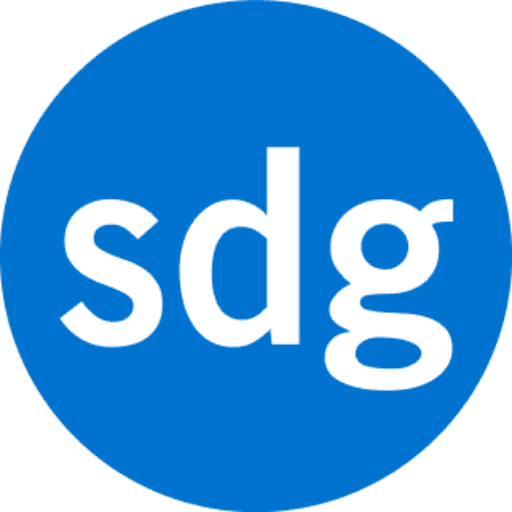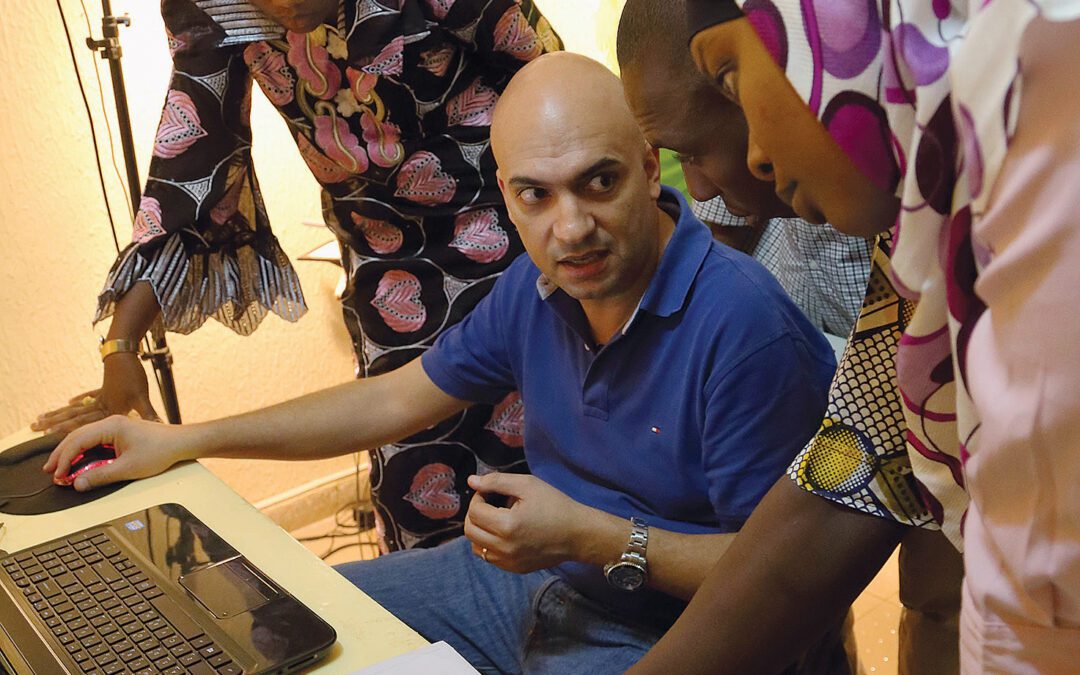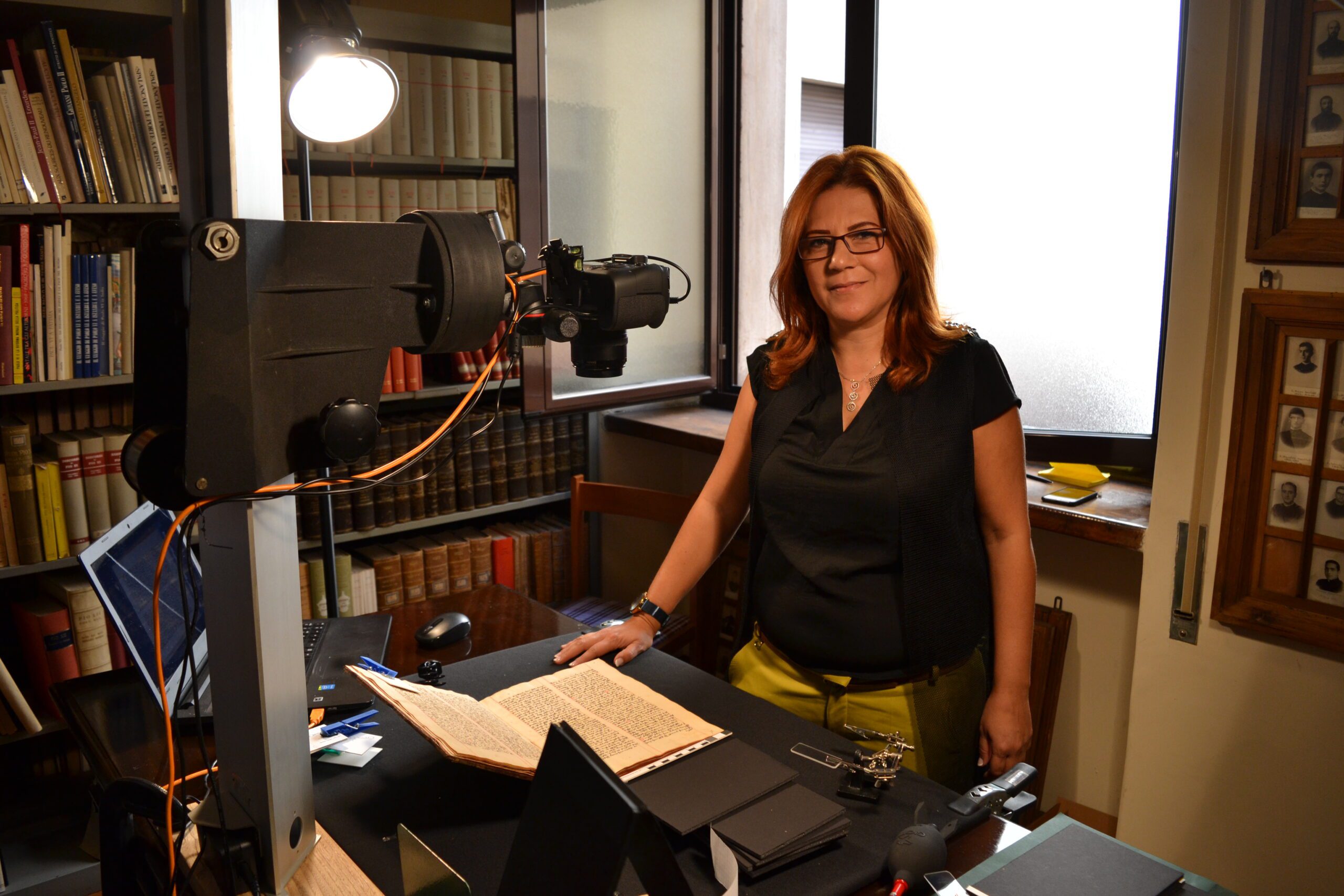
Orange Tree: Customized online employment screening
Case Study
Customized online employment screening
Orange Tree Employment Screening
Orange Tree, a provider of background screening and drug testing services sought SDG’s help to shift to an online platform and acquire new customers.
Challenges
Competitive differentiation
Legacy integrations
3rd party connectivity
Legal and regulatory environment
SDG Solutions
Product transformation
Product leadership
Experience design
AWS Cloud engineering
Application development
Winning market through digital
Orange Tree Employment Screening is a leading provider of pre-employment background screening and drug testing services. With more than 20 years in the industry, Orange Tree offers customized solutions and helps customers design a background screening program that is in their own best interest, balancing risk, cost, and speed. Competing providers offer the ability to purchase background screening services within an online marketplace, but without the ability to fully customize the solution. Orange Tree sought to build a fully customizable, digital-first marketplace to allow customers to browse and purchase background screening services. Their belief was that this online capability would not only attract new clients, but also reduce the time required to implement and support these services.
Orange Tree engaged SDG and adopted our Innovation Framework to make this new online platform a reality.
User centric approach
While Orange Tree understood the needs of their clients, they recognized the additional benefit of including them in product design. With this understanding, our team interviewed users to understand their needs and validate concepts prior to building. They also conducted market research and looked at an entire client experience, not just the experience within the digital commerce product. The result was a clear understanding of value and a digital product that brought users through a seamless experience.
Feasible architecture
The defined business goals and user needs, coupled with the current and future technology roadmap for this customer, provided the necessary input to derive an architecture. Orange Tree’s existing AWS cloud experience was leveraged and expanded to build a hybrid architecture for this effort. As part of this transformation, SDG consultants mentored the customers architect developers on the proper application of the new technology.
Partnering on the product journey
The challenge in front of Orange Tree was building the digital product while simultaneously developing a product leadership capability within their organization. They leaned heavily on SDG to guide them through the formulation of the product, onboard the full-time product team members, and led them through the completion of the build. Following the initial delivery of the digital product, SDG remained involved in coaching the Orange Trees’ product leaders.
SDG was an invaluable partner in helping Orange Tree design, build, and launch new digital products that are critical to our business strategy. From product strategy to user research to software development, SDG’s consultants guided us through a thoughtful process and supported our team with their insights and expertise. We really appreciate the partnership.
A new source of growth
The innovation approach used on this effort ensures that the digital product meets the needs of the business, users, and customers. This self-service commerce product provides a new and important source of revenue for Orange Tree, with the ability to acquire new customers quickly. Additionally, the enterprise perspective and user experience focus provides the foundation of a seamless experience for their customers.


























